All images courtesy of Carey Howe
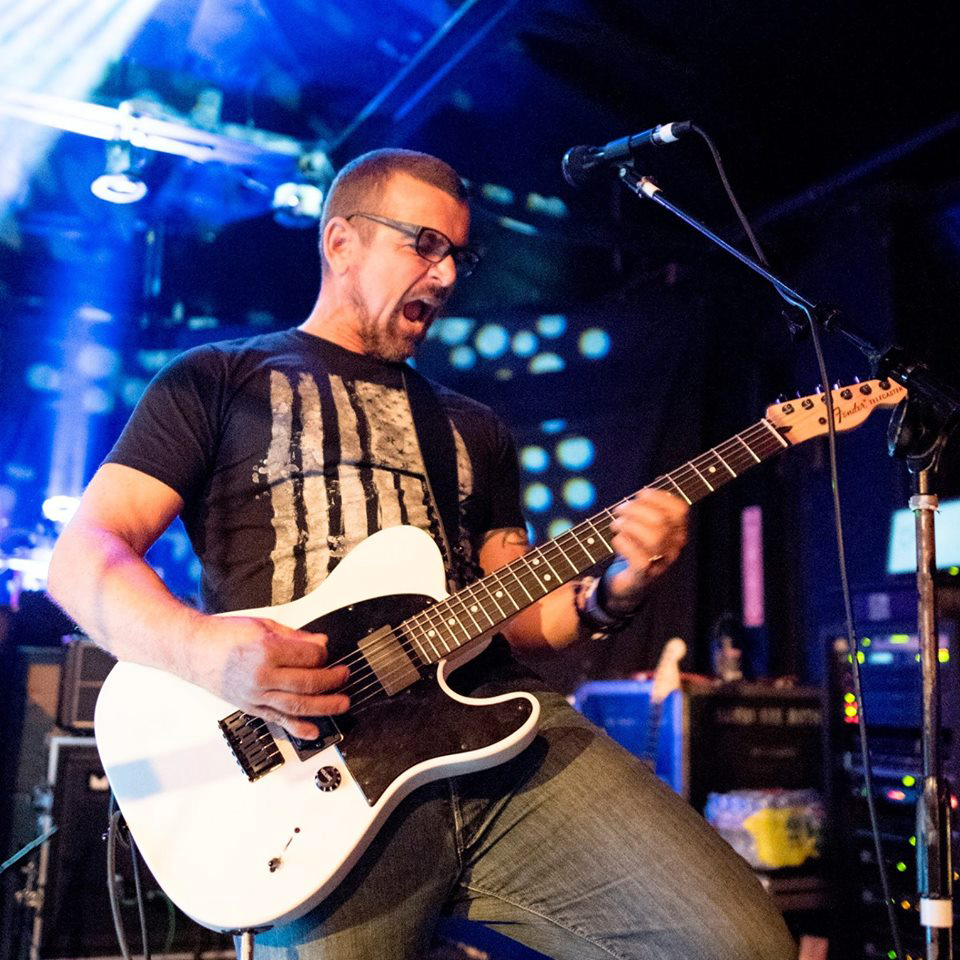
Recently, we caught up with veteran guitarist, Carey Howe of Leatherworlf. Among other things, we touch on Carey’s history in music, the rise and fall of Leatherwolf, where the band stands today, Carey’s new music, and more.
If you would like to learn more about Carey Howe, the link to his YouTube is here. Once you’ve checked that out, dig into this interview with Carey. Cheers.
Andrew:
Carey, thank you for taking the time to dig in with us. As a burgeoning musician, what first sparked your interest in the guitar?
Carey:
I would have to say, and this is going back prior to me picking up a guitar, I was super interested in my mom’s albums like Beatles, Hendrix, Stones, Elton John, and I would fantasize about playing guitar. It wasn’t until my brother brought home Led Zeppelin, Black Sabbath, and Lynyrd Skynyrd records that I decided it was time to get in the action, so I started trying to figure it all out on guitar. The harmonies of Skynyrd really got me interested in multi-guitar harmonizing.
Andrew:
What were a few gigs prior to the formation of Leatherwolf where you first cut your teeth?
Carey:
I was in a high school band called Fringe Benefit that was playing covers with a long-time drummer friend, Dean Roberts, and we would play backyard parties in the local area.
Andrew:
Leatherwolf formed amidst a bustling scene that featured many bands on the brink of stardom. If you can, take me through the formation of Leatherwolf and paint a picture of that scene.
Carey:
Leatherwolf was formed in my rehearsal room at my then-girlfriend’s house in Huntington Beach. It was a mix of two high school bands that gigged parties together and combined the most promising talent at the time between them. Dean [Roberts] and I from our band, and Geoff [Gayer] and Jerome, our original bass player, from another band. We then recruited Michael Olivieri, who was in our guitar class at Fountain Valley High School. Mike was recruited to play guitar but quickly became our lead singer as well.

Andrew:
I know this is going back a bit, but what do you recall regarding Leatherwolf’s first gig?
Carey:
Leatherwolf’s first gig was at a backyard party for Mike’s then-girlfriend, and shortly after, we started playing the club circuit. Our first club gig was at the Woodstock in Anaheim, CA, and it was a sellout on a weekday, which allowed us to get booked on some good shows. John Shultz, the promoter, was instrumental in us getting better and better exposure and had us supporting national acts that came through.
Andrew:
As a band, Leatherwolf was a bit hard to pin down, as you staddled the many genres of metal prominent at the time. Expand on that for us.
Carey:
We seemed to stay away from comparing or trying to sound or look like anyone else. We were a leather jacket and jeans type outfit, and that was great until the record labels began to influence some of these things.
Andrew:
As you alluded to, venues such as Woodstock and Radio City were integral to the early success of Leatherwolf. What do you recall about the band’s stands at those venues leading up to major label attention from Tropical Records? What did their courtship look like?
Carey:
These places are the foundation of much of the Orange County scene where we played with Slayer, Metallica, and other OC greats. This scene got attention from the major labels, yet they tended to sign the more LA hair metal bands, and the tougher stuff got picked up by the likes of Enigma Records, and soon, Metal Blade shortly thereafter. It was a real good healthy metal scene, and a little tougher than the LA groups.

Andrew:
Endangered Species and Leatherwolf were fantastic early efforts from the band. What do you recall regarding the writing, recording, and reception of those albums?
Carey:
With Endangered Species, we had free reign to kind of do what we liked as far as songs and arrangements. It was by far the best time of our growth as musicians and songwriters. They were definitely a better representation of the band’s roots and core sound. The self-titled album was our first major label record, and the record company sent us out to Compass Point in the Bahamas with a big budget, and Kevin Beamish to produce us. We came out a little bit polished and shin,y and were kind of missing our core sound for what was told to be more palatable for radio and MTV. We were definitely changing our sound and appearance for the hopes of a major tour.
Andrew:
Paul Carmen, of Black Sheep, joined the band in 1986, just before the band signed to Island Records. What sort of sonic shift did Paul bring to the band?
Carey:
Paul was a great addition to the band. He was originally just going to fill in as a bass player for a show at the Universal Amphitheatre with Stryper. After Matt Hurich quit, we brought in Paul and figured he would stay until we found someone. We ended up really liking how he held the songs together, and he was also a good backup singer and had a great ear.
Andrew:
I mentioned Island Records, who weren’t exactly specialists in heavy metal. What did their courtship look like, and in retrospect, were the right label for Leatherwolf?
Carey:
Believe it or not, we actually felt good about Island. They had Anthrax, so we felt it was a chance to be on a label that needed some Metal acts, and we thought we would get a good push. Boy, were we wrong. [Laughs].

Andrew:
Island Records obviously had issues marketing bands during this era. Being that Leatherwolf didn’t fit the commercial mold set at the time, do you feel that Island knew how to properly market the band?
Carey:
Absolutely not. We had zero support from the label. We used our own ability to gorilla market, and our management to get tours.
Andrew:
In the aftermath of Street Ready, Leatherwolf faced an uphill battle in the face of an emerging grunge and alternative rock scene. Ultimately, did the sonic shift lead to the fracture of the Leatherwolf? Take me through the end of the band in 1992.
Carey:
There were many contributing factors in the market, as well as the drug and alcohol abuse that was setting in with our drummer Dean. We felt a split was needed, so we got a new rhythm section, and changed our name out of respect for those members.
Andrew:
The 90s was a relentless and unforgiving time for rockers of your ilk, Carey. How did you ride out the decade? Any notable auditions to speak of, or did you step away from music?
Carey:
I took a break from public appearances. I started writing with a lifelong friend, but more in the punk rock scene. This began my punk rock career.
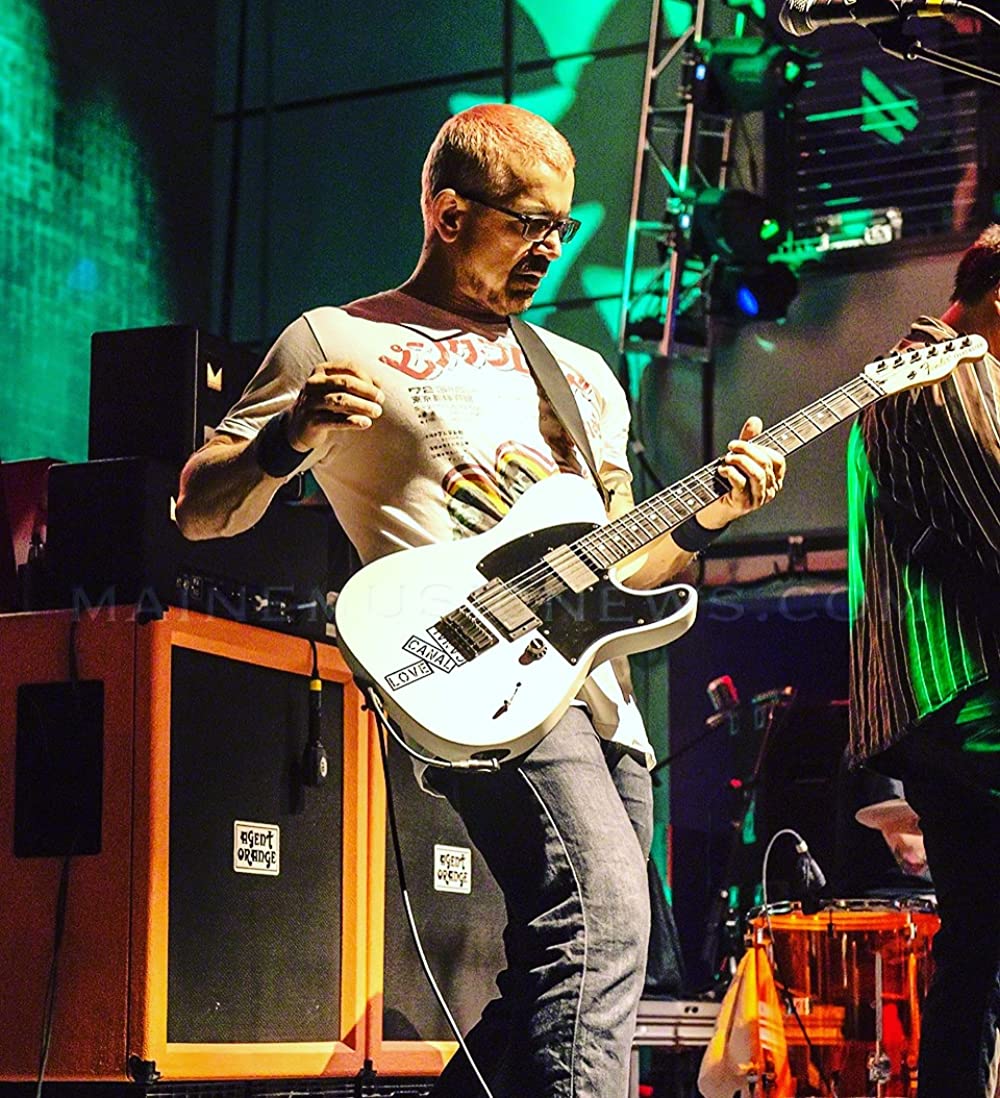
Andrew:
Walk me through the initial conversations leading up to the reformation of Leatherwolf in 1999. What do you recall about the show at The Galaxy which seemed to kick things off again?
Carey:
We had a great turn of events and everyone was willing to put it all back together. However, Dean wanted to remain in control of the entity 100%, and that soured everything after writing a new record.
Andrew:
How did those troubles affect the recording of World Asylum and New World Asylum?
Carey:
We had free reign to do as we pleased, but this was where Dean decide to not allow any others to own any part of the entity, or make any decisions, which made things fall apart quickly. I played on the entire record, and he exclude my name from the credits. He became an outright thief in my eyes at that point. I knew I never wanted to deal with him again. This could have been a huge turning point for the reorganization of the band, and it turned out to be exactly the opposite.
Andrew:
Can you take me through where things stand with your former bandmates today? Do you see yourself working with Leatherwolf again?
Carey:
Geoff and I wrote an album together for a studio band we organized, which is called Haunt of Jackals. It’s available on iTunes. Leatherwolf’s three original songwriters, Mike, Geoff, and I, are great friends and we are playing and writing as we speak without Dean, and we will go under the name Hail Mary. We shall see, but we will be ready to be booked for shows starting in summer 2022. We will play all the old Leatherwolf tunes live.
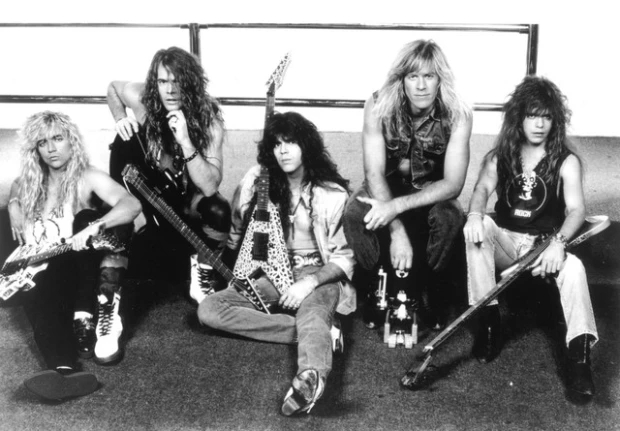
Andrew:
In retrospect, what could have been done differently that would have enabled Leatherwolf to succeed?
Carey:
Not to have been signed to a major label in the 80s might have been better for us in the long run, and allowed us to keep our signature sound.
Andrew:
Leatherwolf is well known for its triple-axe-attack, which several notable bands have copied in the ensuing years. What led the band to go in such a direction? Do you feel Leatherwolf gets proper credit for its pioneering approach?
Carey:
We did this because we wanted to perform live as close to recordings as possible, and so often that’s three guitars, We don’t put much thought into if it was us who pioneered this, as we listened to bands like Skynyrd when we were young. The three guitars were always in our minds from the start.
Andrew:
Last one, Carey. What’s next for you in all lanes?
Carey:
I play guitar every day. I love metal and hardcore music, and I play in a punk rock band Love Canal. I toured for a couple of years with Agent Orange. I just have fun with the guitar wherever I can, as long as it’s heavy and hard. [Laughs]. Nowadays, we are putting together some new Leatherwolf with the guys, and we will see where it goes.

Interesting in learning more about Carey Howe and Leatherwolf? Hit the link below:
Be sure to check out the full catalog of VWMusic Interviews, by Andrew Daly, here: www.vinylwritermusic.com/interviews
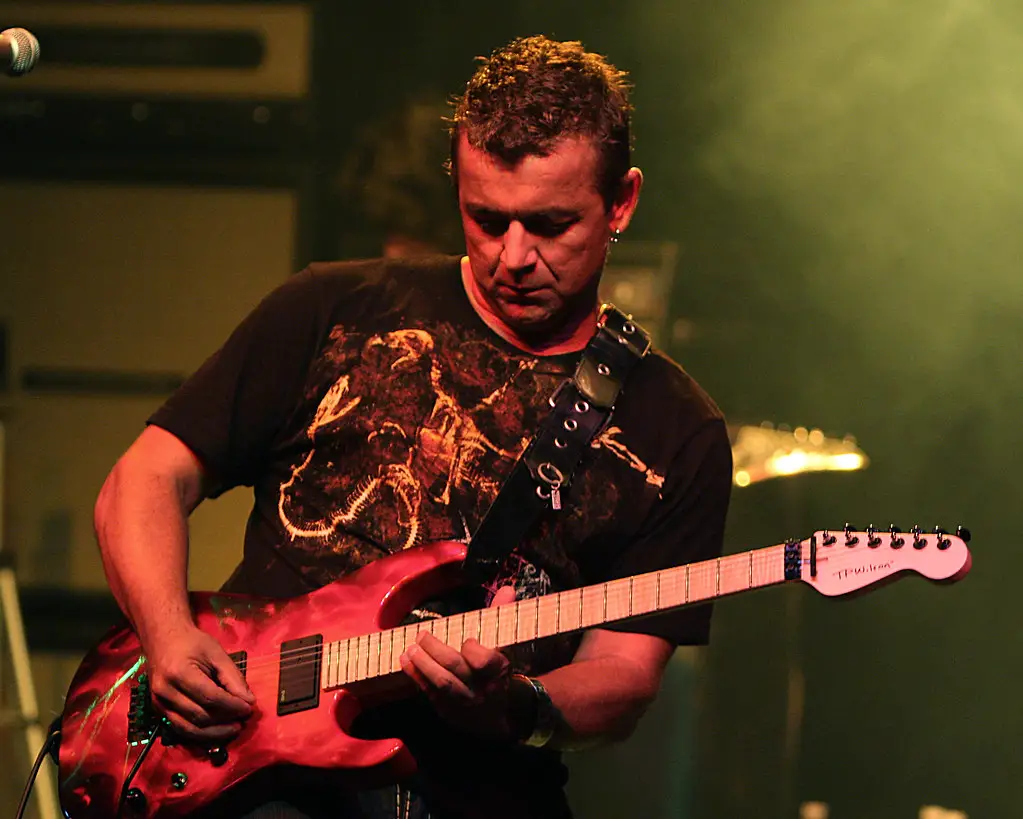
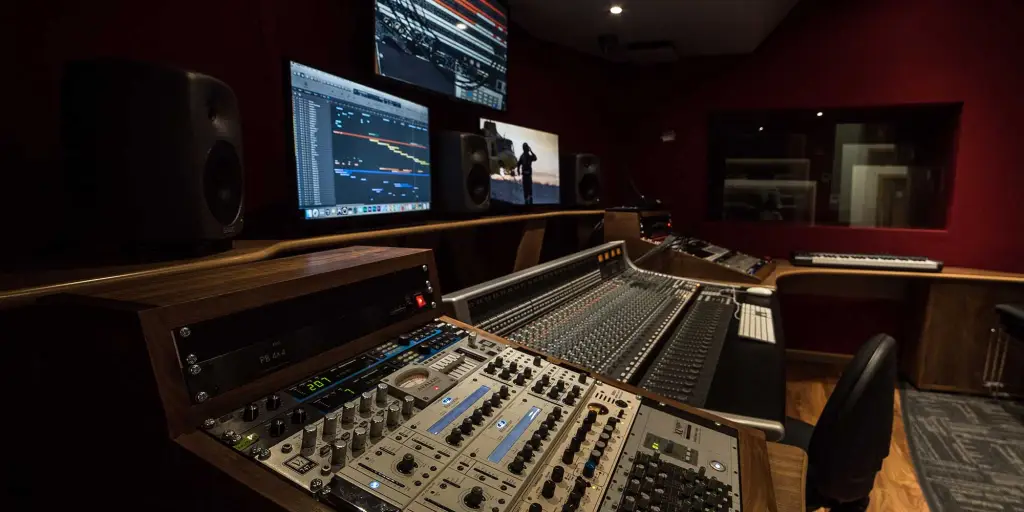

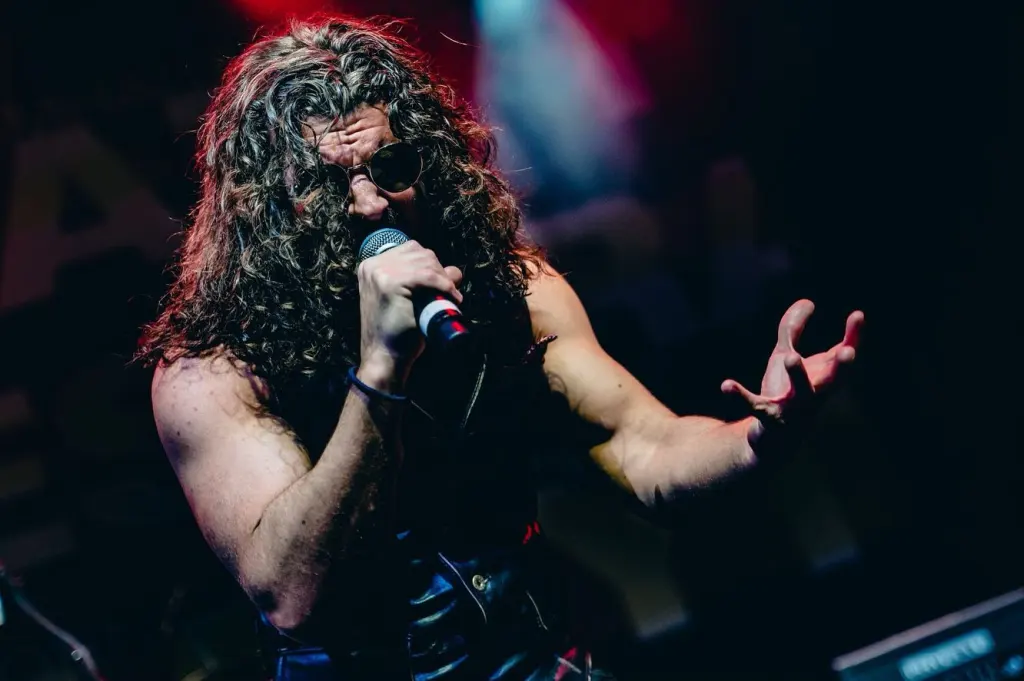
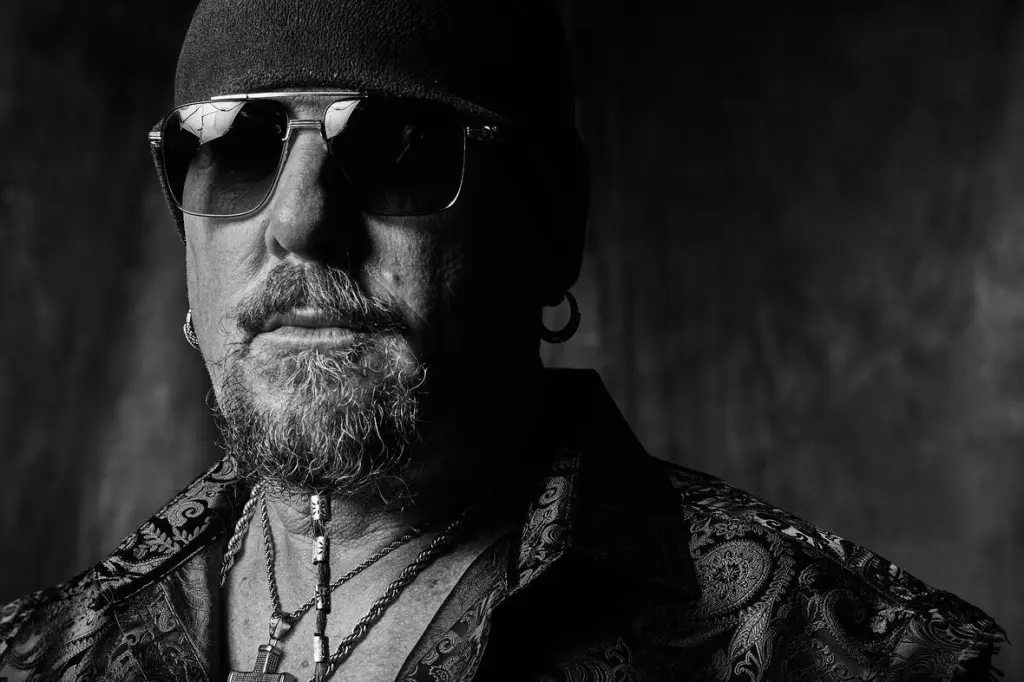
Leave a Reply